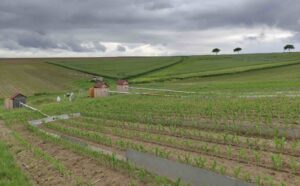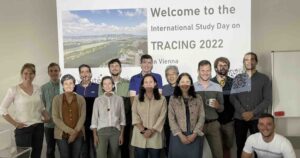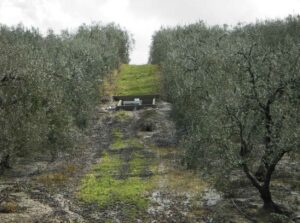SHui at the European Geosciences Union General Assembly
The erosion laboratory from the Institute for Sustainable Agriculture (IAS-CSIC) attended to the last European Geosciences Union General Assembly, hold in Vienna during May, 23-27th. In this conference, José A. Gómez and Gema Guzmán presented and discussed some of the results from different soil erosion plots set up in two contrasting olive orchards at southern Spain.
In these trials, runoff, soil loss and a set of soil properties have been monitored under different ground cover managements since early 2000s. More information about this research can be found at:
How does a vertic soil move? Soil erosion rates and its redistribution in an olive orchard at the medium-term: https://meetingorganizer.copernicus.org/EGU22/EGU22-1518.html
Long-term hydrologic effect of temporary cover crops in an olive orchard on a sandy-loamy soil: https://meetingorganizer.copernicus.org/EGU22/EGU22-2252.html
During their visit to Vienna, they had the chance of visiting some of the experiments carried out by the BOKU partners thanks to Stefan Strohmeier and to participate in the International Study Day on Tracing nicely organised by Sabine Karaushaar and Olivier Evrard.



